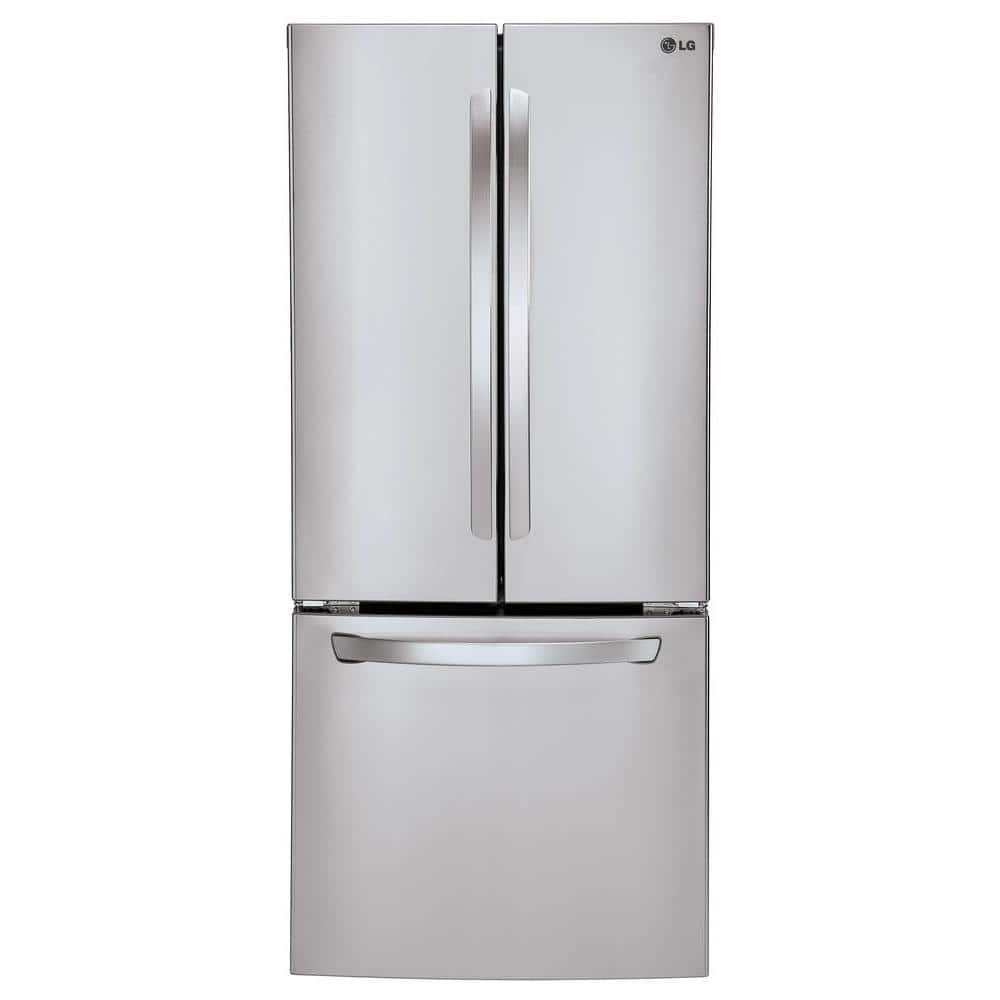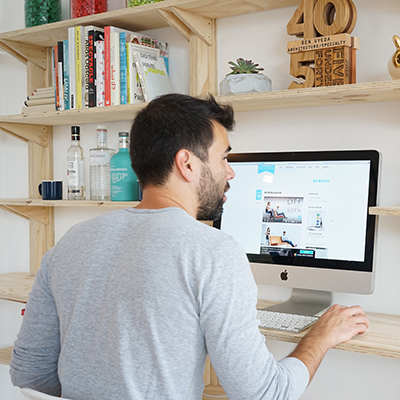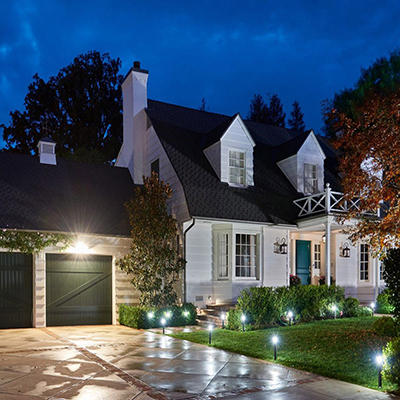How to Elevate Your Home With Smart Home Ideas

Last updated May 6, 2025
Smart home technology is on the rise because of its impact on convenience, security, energy efficiency and home values. A smart home is one that allows you to remotely control certain devices in your living environment. For example, you may have your lights, thermostat, garage door, door locks or other devices wirelessly connected to your smartphone. You would be able to control them even when you’re not at home.
Turning your residence into a smart home doesn’t have to mean major installations or a huge investment. This guide will introduce a variety of ways you can build a smart home on your own, including budget- and beginner-friendly ideas. Upgrades and expansions are always options should you decide you want them for your home.
Table of Contents
Essentials for Creating Your Smart Home
Budget-Friendly Smart Home Ideas
Step-by-Step Guide to Setting Up Smart Home Systems
Creative Applications for Smart Home Features
Maintenance and Updates
Essentials for Creating Your Smart Home

Once you’ve decided to add a smart home setup, take the time to learn about the various kinds of devices you can install. While new devices may be developed as time goes on, there are several common ones people start with to create a full-featured smart home.
- Speakers and displays for voice control
- Bulbs and lighting systems for personalized ambience
- Power strips or plugs to remotely control appliances
- Thermostats to save energy and maintain comfort
- Locks and doorbells to improve home security on a budget
- Cameras for indoor and outdoor monitoring
- Sensors, including motion detectors and window/door sensors, for an added layer of security and automation.
When choosing your core devices, keep in mind that many will be part of a major brand’s ecosystem. The individual devices are designed to work together seamlessly. However, you can mix and match brands as long as you make sure they’re compatible. Manufacturers understand that customers often prefer this, so they are often designed to work with other brands.
A central hub for operating all of your devices, whether or not they’re the same brand, can help you run your smart home more smoothly. Investigate the best method for your situation, whether it’s apps on your smart phone, a system that works with multiple brands or an ecosystem hub that only works with one brand.
Budget-Friendly Smart Home Ideas

You may want to start small with just a few devices or with lower investment brands to keeping affordability in mind.
Focus on the most important devices for quick convenience:
- Use smart plugs or outlets to control and schedule regular devices, like lamps or fans
- Choose a smart speaker or display for voice control
- Choose lighting strips if you aren’t ready for a major lighting system
- Start with smart locks or a few key sensors instead of an entire home security system
Save energy to manage your investment:
- Lower heating or cooling costs by using smart thermostats that run on schedules
- Schedule smart lights to turn on or off at certain times
- Automate routines with certain apps or services that connect devices without the need for the larger investment of a hub
Upgrade and invest in larger, more advanced systems when you’re ready for a bigger investment:
- Smart cameras, smoke detectors and monitors
- Multi-room lighting systems
- Smart appliances
- Custom automations and advanced routines for a fully connected living space
Step-by-Step Guide to Setting Up Smart Home Systems

While there are several ways to get started setting up your smart home, here are a few basic suggestions for several setups.
Setting up a smart speaker:
- Place a hub in a central location.
- Use the voice assistant to control devices, play music and manage routines.
Installing a smart thermostat:
- Mount a smart thermostat and connect it to WiFi.
- Set schedules for automatic temperature adjustments to save energy.
- Link it to a hub for voice control.
Using a smart plug for everyday convenience:
- Plug a smart plug into an outlet.
- Connect a normal home device like a lamp, coffee maker or fan to control remotely.
- Schedule automation such as turning on a lamp at sunset.
Installing and using a smart lock:
- Install a WiFi-enabled smart lock on your front door.
- Set up facial recognition, fingerprint access and a keypad code.
- Control entry remotely via an app on your smart phone.
Demonstrating a smart glass privacy door:
- Install a smart glass privacy door for added security.
- Adjust the transparency or lock the door remotely.
- Connect it with a smart home assistant for seamless control.
Controlling smart lighting with a phone or tablet:
- Install LED smart light strips and pair them with a smartphone.
- Use the app to adjust brightness, change colors and set schedules.
- Control lights with routines like dimming for movie night.
Creative Applications for Smart Home Features

Smart home features can cover more than just the basics. Use some of these creative ideas for your smart home.
- Lighting for different activities, like studying, partying or holiday display shows
- Watering plants and yards on a schedule
- Windows and blinds can be opened and closed remotely and on schedules
- Baby monitors can be integrated into your system
- Smart toilets can be great for mobility issues and more
Creating a smart home can also be a fun hobby because there are so many different ways to automate everyday tasks.
Tip: Make sure you know how to operate key devices manually so you don't have to rely on the system you’ve installed. This is especially important for things like locks, lights and garage doors.
Maintenance and Updates

Once your smart home is working the way you want it, be sure to keep it properly maintained. Keep up with software updates to ensure it stays secure and performs as expected. From time to time, review your setup to see if you need to add new things or replace parts. Cleaning your devices, according to manufacturer’s instructions, will help keep everything working properly for longer.
Tip: As you install and update your devices, especially if you’re connecting them to each other or to a hub, take notes about how you did it and the steps you took. The documentation you create may be extremely important when you update your system.
Smart home technology can make your life more convenient, and it can even be fun to explore, expand and upgrade. While you can make a large upfront investment, creating your own smart home can also be budget friendly. Start small and build on your system as your interests and budget grow.
The Home Depot has a wide variety of smart home technology. Use The Home Depot Mobile App to smart shop from your home, and have your products delivered directly to your door.





































